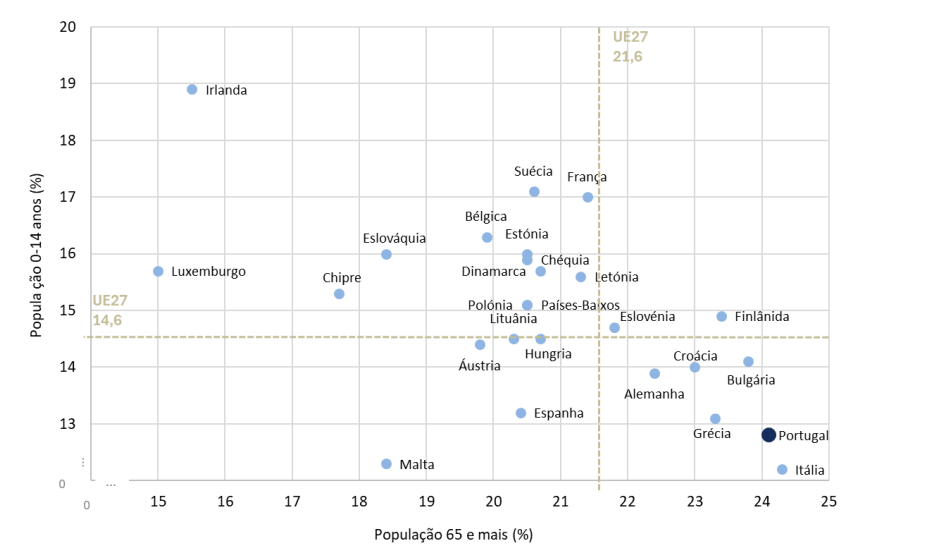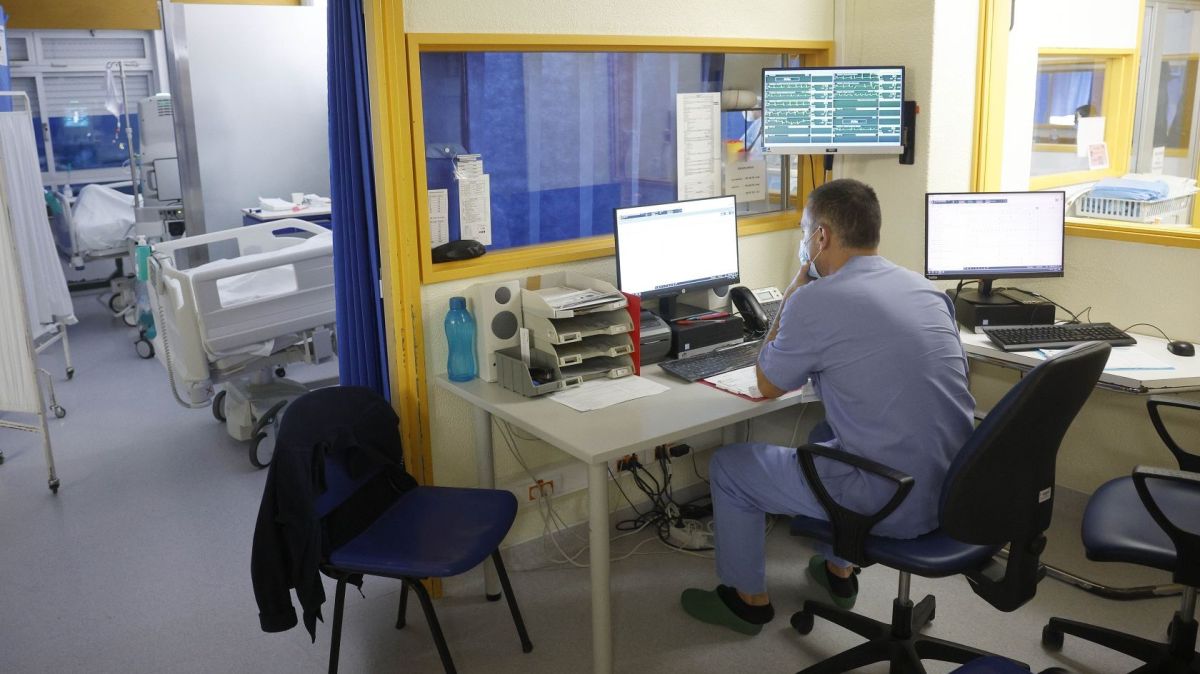Recent data from the National Statistics Institute (INE) show that, in 2023, only 12.8% of the population was between 0 and 14 years old, making the country the third in the European Union with the lowest proportion of young people, behind Italy and Malta.
According to the INE, this trend stems from decades of low birth rates combined with increased longevity. Between 1970 and 2024, the proportion of young people fell from 28.5% to 12.6%, while the elderly population aged 65 and over more than doubled, from 9.7% to 24.3%. This phenomenon places Portugal among the oldest countries in the EU, behind only Italy, and well above the European average.

The Portuguese ageing index, which measures the ratio of elderly to young people, reached 192.4 elderly people per 100 young people in 2024, reflecting the growing challenge for the country's social and economic policies. The INE also highlights that the working-age population renewal rate fell to 77.4, below the European average, indicating that the number of young people entering the labour market does not compensate for those leaving it.
The impact of this dual ageing – fewer young people and more elderly people – is already being felt in society and the economy. Portugal faces not only an ageing population but also a shrinking asset base, which puts pressure on social security systems and health services. Compared to the EU27, only Luxembourg and Ireland have more young people than elderly people, highlighting the uniqueness of the Portuguese challenge.
The INE projects that, if current trends continue, the resident population in Portugal will decrease to around 8.2 million in 2080, further accentuating demographic ageing and the need for policies that encourage birth rates and the integration of young people and migrants into the labour market.















The young and courageous should all left this hopeless strip of forgotten European land.
By Diogo F. from Madeira on 28 Aug 2025, 10:08